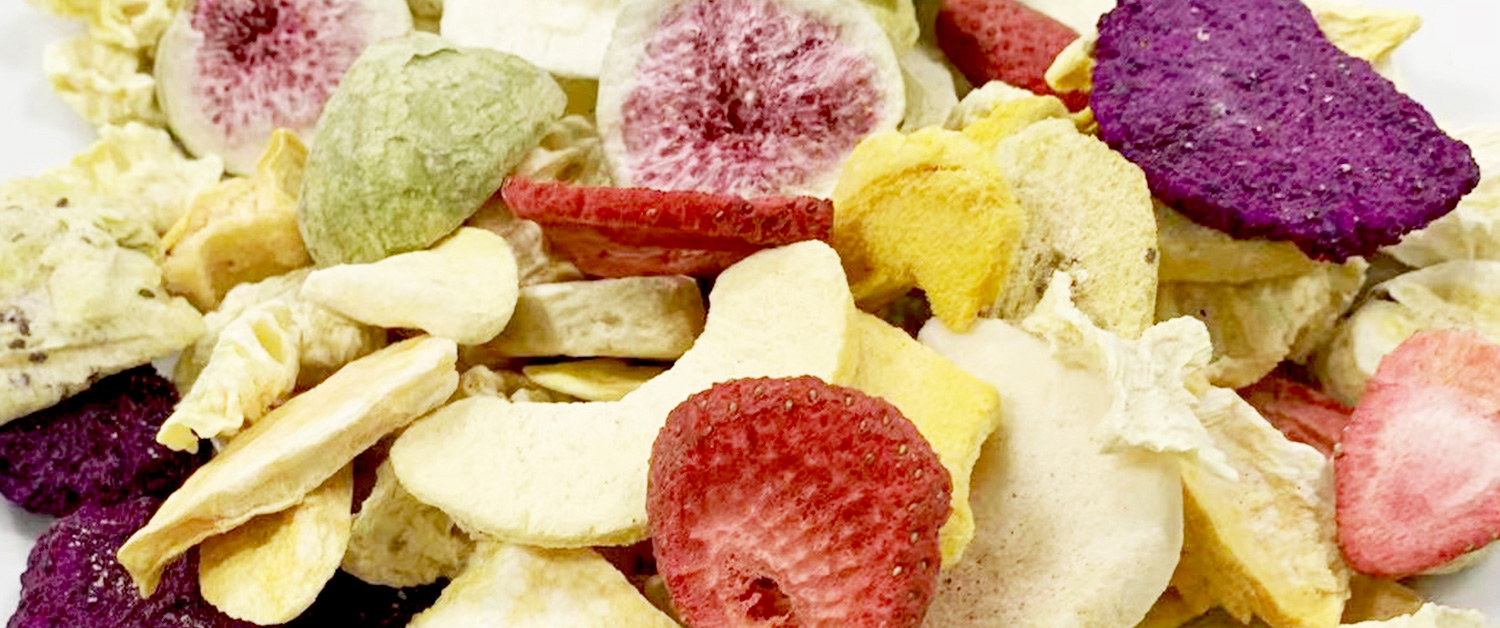Shipping or Delivery
How To Tell If Freeze-Dried Food Has Gone Bad

Freeze-dried food has become increasingly popular due to its long shelf life, lightweight nature, and retention of nutrients and flavor. It's a staple for campers, preppers, and anyone looking to store food for extended periods. However, even freeze-dried food can go bad if not stored properly or if it surpasses its shelf life. Knowing the signs of spoilage can save you from consuming unsafe food and help you maintain a well-stocked, reliable pantry. Here's how to tell if your freeze-dried food has gone bad.
Understanding Freeze-Dried Food
Before diving into the signs of spoilage, it's essential to understand what Freeze-Dried Food is and why it lasts so long. Freeze-drying involves removing moisture from food through a process of freezing and then applying a vacuum to sublimate the ice directly into vapor. This method preserves the structure, nutrients, and flavor of the food, while significantly extending its shelf life. Most freeze-dried foods can last between 25 to 30 years if stored properly.

Key Signs Of Spoilage
1. Change In Color
One of the first and most obvious signs of spoilage in freeze-dried food is a change in color. Freshly freeze-dried food typically retains the vibrant colors of its fresh counterparts. If you notice that the food has turned dull, dark, or developed unusual spots, it could be a sign of degradation. This discoloration can occur due to exposure to light, air, or moisture.
2. Unpleasant Odor
Freeze-dried food usually has a neutral smell or the faint aroma of the original fresh food. If you detect any off or sour smells when you open the package, it's a clear indicator that the food has gone bad. Odors can develop due to chemical reactions within the food, microbial growth, or contamination from external sources.
3. Texture Changes
The texture of freeze-dried food should be dry, brittle, and crumbly. If you notice that the food has become soft, mushy, or sticky, it's likely that moisture has penetrated the packaging. This moisture can lead to the growth of bacteria and mold, making the food unsafe to eat.
4. Mold Or Mildew
Any visible signs of mold or mildew indicate that the freeze-dried food has been compromised. Mold can appear as fuzzy spots, often white, green, black, or blue, and is a definite sign of spoilage. If you see any mold, discard the entire package immediately to avoid health risks.
5. Changes In Taste
If the food looks and smells fine, but you still have doubts, a small taste test can help. Freeze-dried food should taste similar to its fresh counterpart, though it may be slightly less intense. If the taste is off, sour, or otherwise unappealing, it's better to err on the side of caution and not consume it.
Factors Affecting Shelf Life
1. Storage Conditions
Proper storage is crucial for maintaining the quality of freeze-dried food. It should be kept in a cool, dark place with stable temperatures. Exposure to heat, light, or fluctuations in temperature can degrade the food more quickly.
2. Packaging Integrity
The packaging of freeze-dried food is designed to keep out moisture and oxygen. If the packaging is damaged or compromised, the food inside can spoil. Always check for punctures, tears, or broken seals before storing or using the food.
3. Moisture Exposure
Moisture is the enemy of Freeze-Dried Food. Even a small amount of water can lead to spoilage. Using airtight containers and moisture-absorbing packets can help protect your food from humidity.
Preventive Measures
1. Regular Inspections
Periodically check your stash of freeze-dried food for any signs of spoilage. Regular inspections can help you catch problems early and prevent the spread of spoilage to other stored food.
2. Rotate Stock
Practice the "first in, first out" method to ensure that you are using older stock first and keeping your supply fresh. This rotation helps minimize the risk of consuming expired or degraded food.
3. Use Oxygen Absorbers
Including oxygen absorbers in your storage containers can help extend the shelf life of freeze-dried food. These absorbers reduce the amount of oxygen in the package, slowing down oxidation and the growth of aerobic microorganisms.
4. Proper Sealing Techniques
When repackaging freeze-dried food, ensure that you are using proper sealing techniques. Vacuum sealers or Mylar bags with oxygen absorbers are excellent choices for maintaining an airtight environment.
While Freeze-Dried Food boasts an impressive shelf life and is a valuable asset for long-term storage, it's not impervious to spoilage. By being vigilant about storage conditions and regularly checking for signs of spoilage, you can ensure that your freeze-dried food remains safe and nutritious for years to come. Pay attention to changes in color, odor, texture, and taste, and take preventive measures to protect your investment. Properly managed, freeze-dried food can provide peace of mind and sustenance when you need it most.
